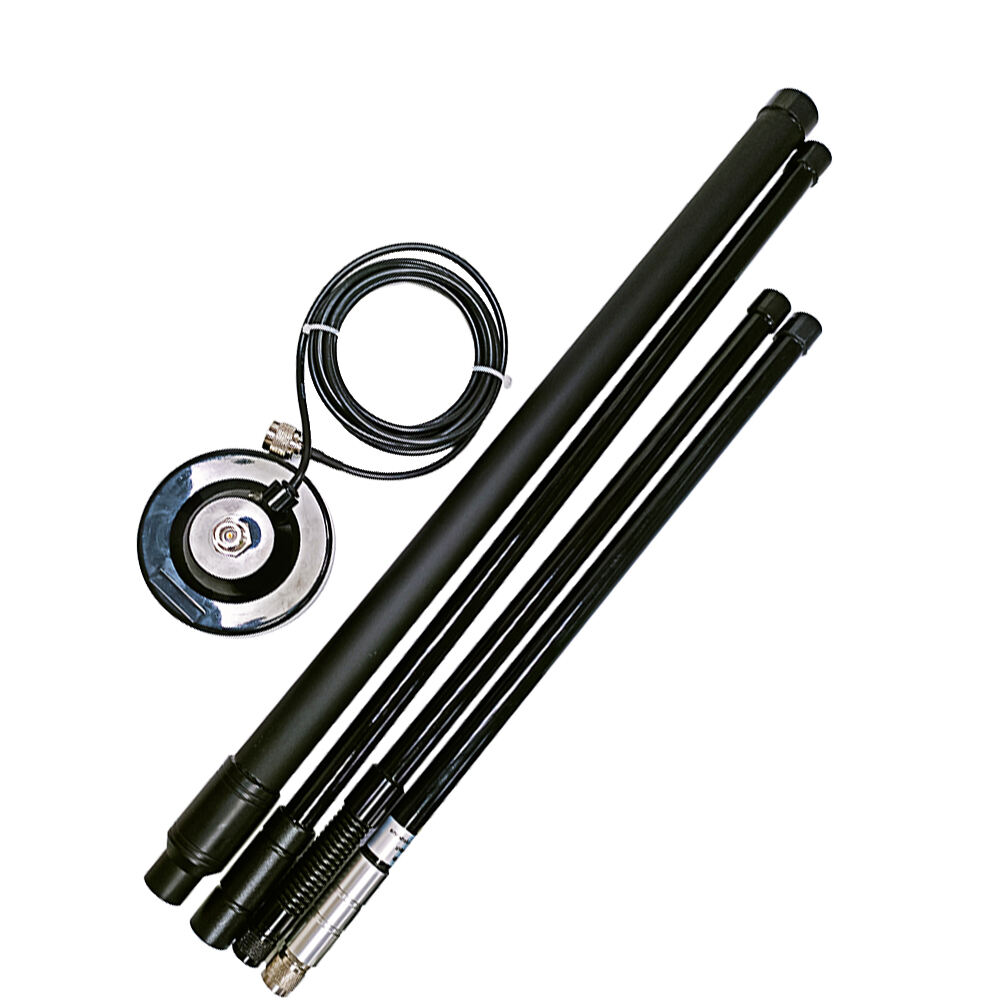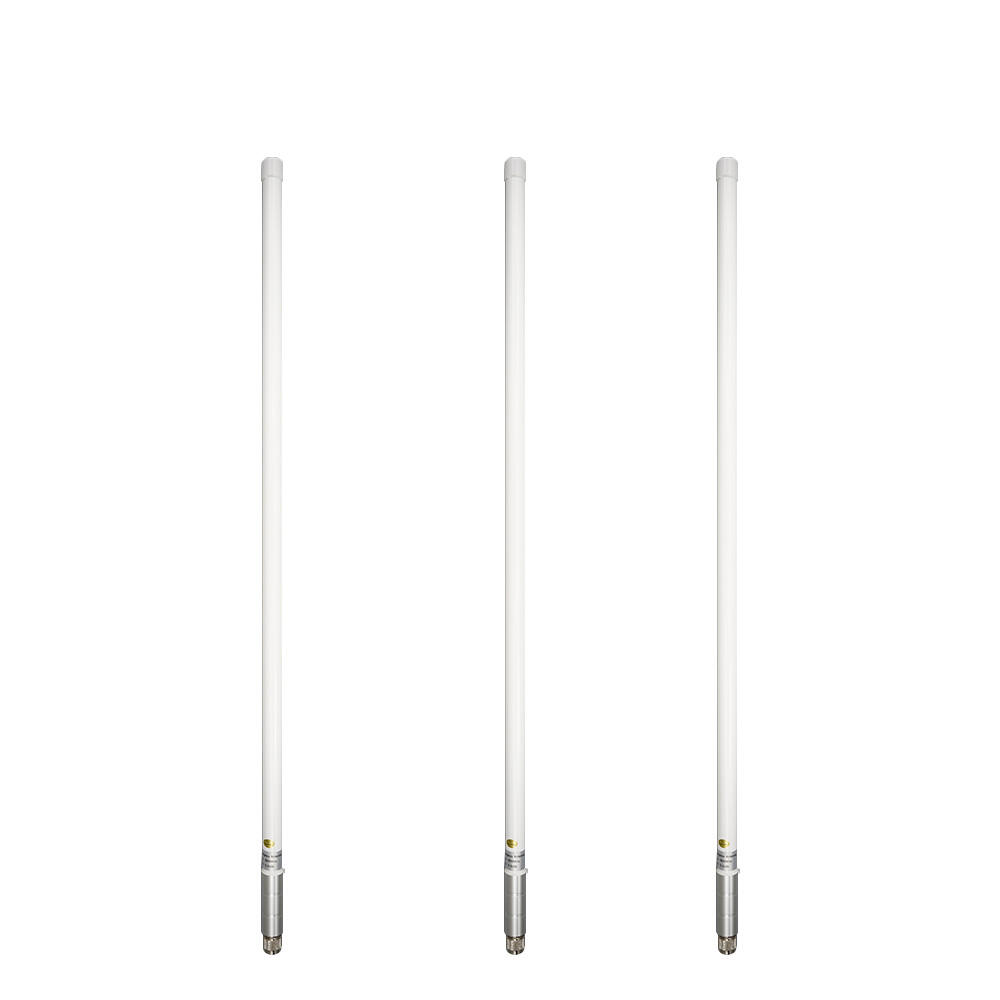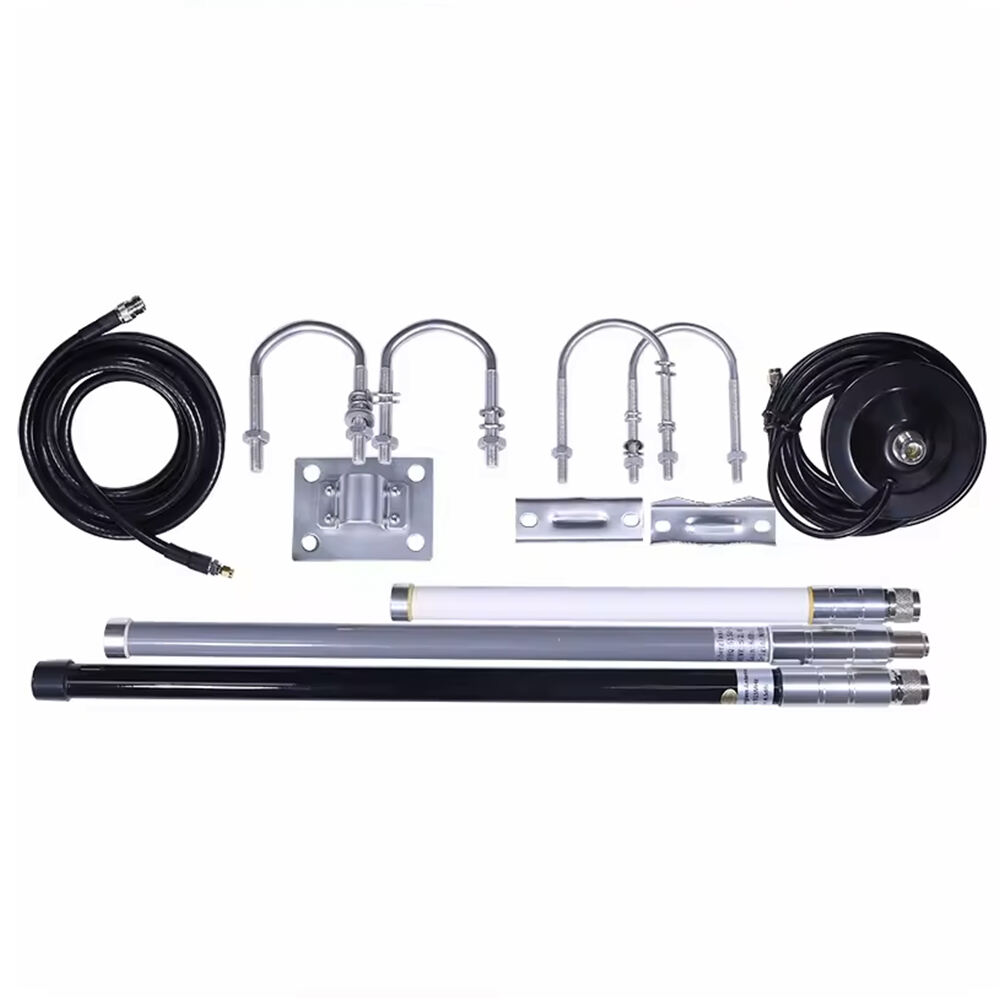Antennas are like magic wands that we use to talk to each other. We apply them to radios, televisions and cell phones. Fiberglass Antennas Fiberglass antennas are a special type of antenna constructed of a steady lightweight material known as fiberglass. There are many great things about these antennas over the typical metallic antennas.
One major advantage of fiberglass antennas is that they are tough. That doesn’t mean that they can handle inclement weather like snowy, rainy, and heavy wind without being broken. Strength is their strong suit, so these antennas can last a good long time, and still perform beautifully.
Another contributor to the excellent gain of fiberglass antennas is they are extremely lightweight. This makes them easy to attach and remove and move if we have to. While not heavy in your hand, they are much less likely to bend, and therefore less likely to break, than some heavier metal antennas.
Fiberglass antennas are strong and they work great. They can transmit and detect signals well — a big boon for our ability to talk to one another. This is particularly useful when we are in some kind of emergency or just want a good signal.

The traditional antenna has not really been reversed, but its form has been reversed, but the fibreglass antenna has completely changed how we use communication technology. They're better even than your regular ol' metal antenna: they're stronger, lighter, all-around nicer, and perform just as well! This makes them good for a variety of purposes such as broadcasting and military communications.

An instance of fiberglass antennas improving communication can be found in satellites communications. They send signals back and forth to satellites in space, which make it easier to communicate over long distances.

If that signal and communication is what you want to be stronger and better then consider using fiberglass antennas. Strong, lightweight and superb working, means they are well suited for a variety of applications.